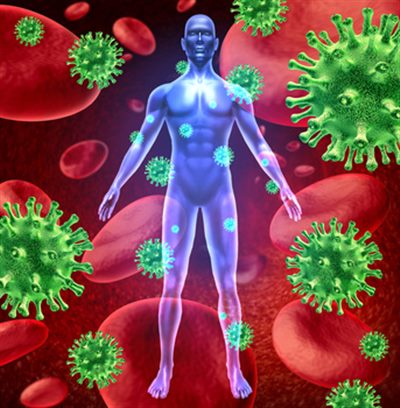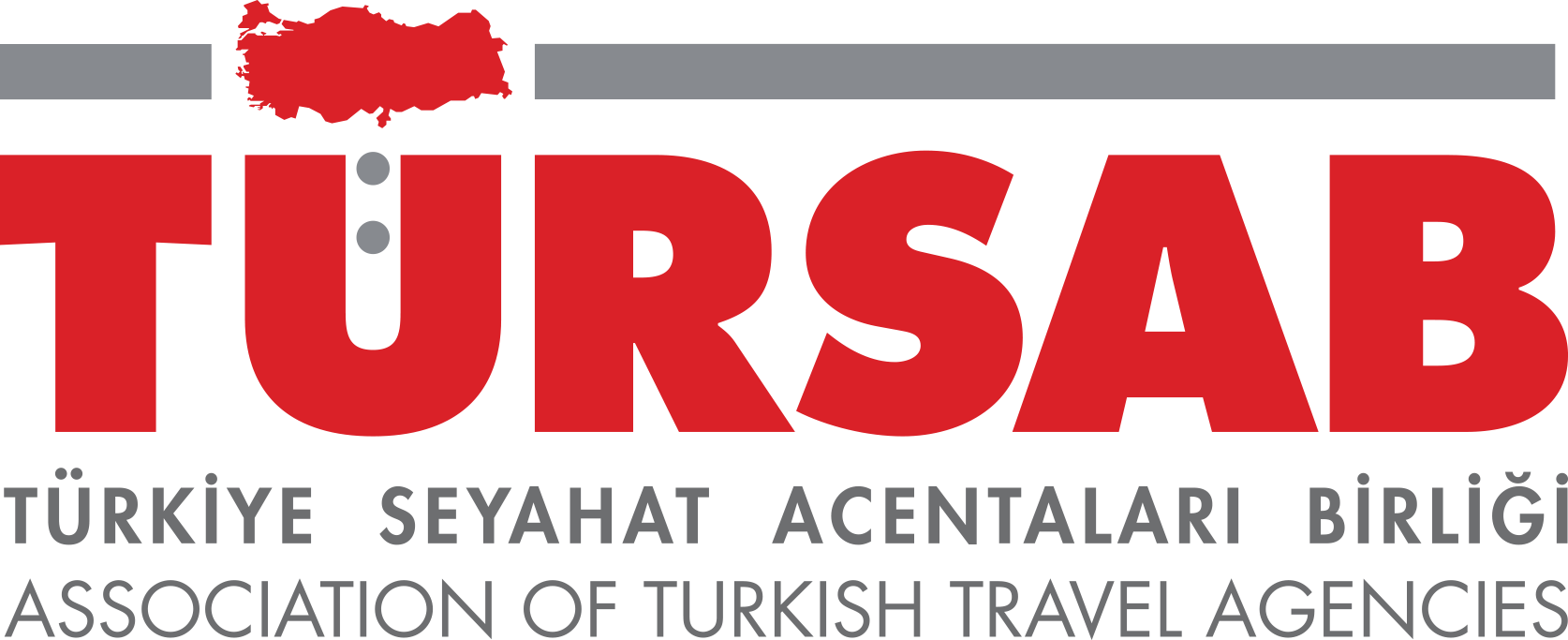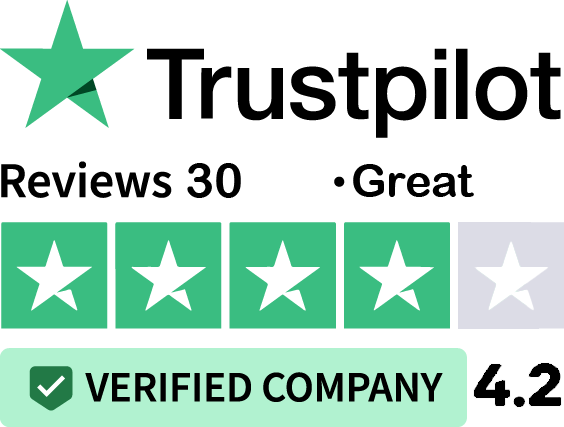
Infections are one of the most common complications patients face during the limb lengthening surgery process. Preventing infections is essential for achieving successful results and minimizing complications. Good hygiene, wound care, and lifestyle choices all contribute to infection prevention during recovery.Whether you’re using external fixators or internal nails, knowing how to manage the risks of limb lengthening surgery is key. This guide outlines what causes infections, how to care for your surgical site, and how daily habits like nutrition and hygiene can protect you during your limb lengthening surgery recovery.At LiveLifeTaller, we provide comprehensive post-operative care to minimize infection risks. Our experienced medical team is located in our building and visits each patient’s room twice a day to monitor wounds, manage medications, and ensure every aspect of recovery is going smoothly. If any issue is detected, they respond immediately, contact the doctor, and start the necessary treatment plan without delay.
Table of Contents
ToggleWhat Causes Infections After Limb Lengthening Surgery?
After limb lengthening surgery, infections can occur due to several factors, such as bacteria entering the surgical site, inadequate wound care, or improper hygiene. Since the skin is pierced either by external fixator pins or internal devices, it creates a potential entry point for pathogens. Post-operative care is critical to avoid these complications.External devices increase exposure to germs, especially if the surgical area is not cleaned properly. Factors such as underlying health conditions, a weakened immune system, or non-sterile environments can increase susceptibility to limb lengthening infections. Understanding the root causes allows patients and caregivers to take proactive measures to minimize risks and improve recovery outcomes.
Why External Fixators Increase Infection Risk
External fixators pass through the skin and bone, creating multiple open points where bacteria can enter. Without daily cleaning, these sites can become infected, leading to delayed healing or more severe limb lengthening surgery infections.
How Internal Lengthening Nails Reduce Infection Risk
Internal lengthening nails are implanted inside the bone, limiting skin exposure and reducing infection risk. Their protected placement inside the body helps minimize external contamination during the limb lengthening surgery process.
How to Care for Surgical Wounds After Limb Lengthening
Proper wound care is a cornerstone of preventing limb lengthening infections. Once the surgery is complete, patients are given specific guidelines for cleaning and dressing their surgical wounds. These instructions must be followed carefully, as neglecting even minor details may result in bacterial buildup around the incision or pin sites.At LiveLifeTaller, our medical staff handles wound checks twice a day. This means that any early signs of infection are caught quickly, and appropriate care is initiated immediately. This hands-on monitoring plays a crucial role in helping patients move through their limb lengthening surgery recovery as safely and comfortably as possible.
How to Maintain Hygiene During the Limb Lengthening Process
Maintaining overall body hygiene plays a critical role in preventing limb lengthening surgery infections. Patients should wash their hands frequently, avoid contact with pets or dusty environments, and wear clean clothing. Clean surroundings can help keep bacteria at bay.
Showering and Bathing Tips for Limb Lengthening Patients
Patients must follow their doctor’s guidelines for bathing. Typically, the surgical site should remain dry for a specified period. When allowed to shower, use waterproof coverings and avoid soaking the fixators or incision sites directly. Keeping the area dry reduces infection risk.
How Nutrition Supports Infection Prevention During Limb Lengthening?
Nutrition is an often-overlooked factor in reducing the risks of limb lengthening surgery. A strong immune system is your body’s natural defense against infections. To support this, patients should consume a well-balanced diet rich in vitamins, proteins, and minerals. Essential nutrients like vitamin C, zinc, and iron promote tissue repair and immune function.At LiveLifeTaller, we provide dietary support with our in-house dietitian, who visits each patient every two days. She carefully evaluates their needs and prepares a custom nutrition plan for each stage of the limb lengthening surgery recovery. This personalized approach ensures the body gets everything it needs to heal efficiently and fight off potential infections.
What Are the Early Signs of Infection After Limb Lengthening?
Recognizing the signs of infection early can make a major difference in the treatment outcome. It is crucial for patients and caregivers to monitor surgical wounds and overall symptoms daily. Early detection allows for quick intervention, often preventing more severe complications or the need for revision surgery.Common symptoms of limb lengthening infections include pain that worsens over time, redness, warmth around the surgical area, unusual discharge, and fever. These signs should not be ignored, and patients must contact their healthcare provider immediately to avoid delays in treatment and safeguard the recovery process.At LiveLifeTaller, our medical team takes the lead in spotting and managing these signs. With twice-daily visits, any abnormality is quickly assessed and brought to the doctor’s attention for immediate action.
How to Recognize Redness, Swelling, and Discharge?
Mild redness or swelling is expected, but if these symptoms intensify or are accompanied by discharge, it may indicate infection. A thick yellow or green discharge with odor, or increasing warmth at the site, are warning signs during limb lengthening surgery recovery.
Can Lifestyle Changes Reduce Infection Risk in Limb Lengthening?
Yes, lifestyle changes can significantly reduce the chances of developing limb lengthening infections. Patients are encouraged to stop smoking, limit alcohol, and maintain regular light physical activity if cleared by their doctor. These habits improve blood circulation and support immune function.Additionally, maintaining a clean home environment and reducing exposure to crowded or unsanitary places during the limb lengthening surgery recovery period lowers infection risk. At LiveLifeTaller, we go beyond surgery to ensure every detail of patient care is covered. From wound care and medication management to custom diet plans and doctor coordination, we support our patients in every way we can.
If you’re considering the procedure and want to learn more about the full treatment plan, you can visit our dedicated page on limb lengthening for comprehensive information.

Orthopedic Surgeon and specialist in Limb Lengthening & Deformity Correction with over 14 years of experiences
Author Page


